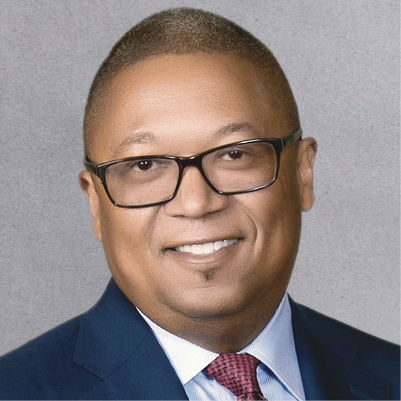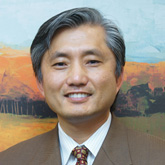Prior to the COVID-19 pandemic, just 11% of Americans used telemedicine. That number jumped to 46% in 2020—and experts predict it’s only going to grow in the coming years.
Although some aspects of medicine don’t translate perfectly in a virtual model, it’s proven to be an effective way to treat patients during the pandemic. Not only can patients visit their physicians from the safety of their homes, but they can experience reduced waiting times through the use of virtual waiting rooms.
With virtual waiting rooms, patients check in for an appointment using the healthcare facility’s telemedicine system of choice. The healthcare provider then receives a notification that the patient is ready to be seen, much like they would in a traditional office setting. The provider can then move the patient from the virtual waiting room to the virtual exam room and begin the appointment when ready.

HealthTrust Physician Advisor William Payne, M.D., an orthopedic surgeon with Franciscan Health, based in Olympia Fields, Illinois, has used telemedicine extensively during the pandemic. He says virtual waiting rooms have been pivotal in keeping the healthcare system’s workflows running smoothly and efficiently.
At Franciscan Alliance, which uses both Doxy.me and InTouch—two Health Insurance Portability and Accountability Act (HIPAA)-compliant telemedicine systems—patients check in 30 or 40 minutes before their appointment. A medical assistant then retrieves the patient from the virtual waiting room to do intake assessment. At that point, the staff have two workflow options: They can either send the patient back to the virtual waiting room until the doctor is ready for them, or they can turn off the provider’s camera and microphone and then turn it on once the doctor is ready for the patient.
Dr. Payne prefers the second workflow, as it avoids the potential hiccup of a patient’s video connection being dropped when they’re moved back into the virtual waiting room.
“I use virtual waiting rooms the exact same way I use traditional ones,” says Dr. Payne. “I run six rooms and have six cameras—one for each room—and I see a patient in each room,” adding that he prefers this strategy over seeing every patient in a single exam room. “There are other doctors who sit in their office and see patients one at a time. But this way, if there’s an issue, just like there could be in real life, I can step out of the room, go to the next room if necessary, and keep patients on track and on time.”

HealthTrust Physician Advisor Kevin Yoo, M.D., a neurosurgeon with California Cancer Associates for Research & Excellence based in the San Diego area, began using Doxy.me during COVID-19.
Although Dr. Yoo believes virtual waiting rooms streamline and simplify the telemedicine process for both patients and providers, they don’t come without challenges. He says there are two major roadblocks: spotty Wi-Fi connections and low technology literacy among elderly patients. If the connection drops or the patient can’t figure out how to use the technology, the default is to do a FaceTime call, but, unfortunately, this method is not HIPAA-compliant.
Dr. Yoo advises other healthcare organizations looking to incorporate virtual waiting rooms to do their due diligence. “You can’t just say, ‘let’s do it today’ and it magically happens,” he notes. “You need to spend some time, resources and money to do it well.”
Dr. Payne agrees, adding that he recommends testing out a virtual waiting room process with a few patients and then scaling up. For example, Franciscan Alliance initially saw patients every 30 minutes because they were still learning how to use the technology. Now, they see patients every 15 minutes. “Sometimes, new workflows need to be created,” he adds.
Read more about how telemedicine is transforming in the time of COVID at healthtrustpg.com/telemedicine.
Share Email COVID-19, Q4 2020, Telehealth





